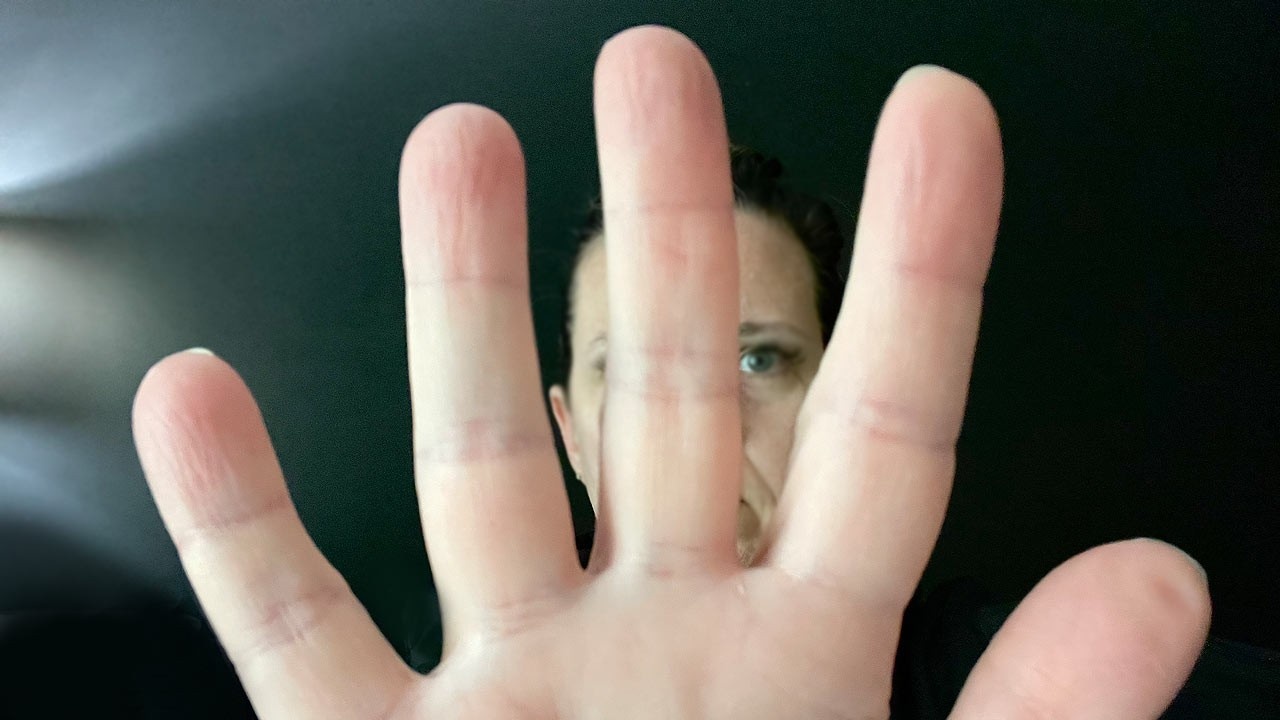What You Do vs. What Others Think You Do

I challenge you to listen to how others talk about your business and the brand.
What do other people or clients think you do? What are their words? Do you put words into their mouth? When you start to build a business we all think we know but we don't so we assume what words other people use. We also assume the actual language and specific words and phrases that they use.
Sharpening your investigative skills, studying other people and human behavior is key. You will need to know and learn about what other people think about what you do, your offer, or the product you promote to others. This information is useful in figuring out what they actually think about your business and how other people think, feel and view your brand.

Have you ever heard the phrase, “other people's perception is your reality”?
It really is a truism. You might have an inkling of an idea about this when you begin your business journey. When you explore what others think, you will find interesting nuggets that often slightly change WHAT YOU DO and HOW you plan your business strategy.
What you think you do and “what others think” is often the heart of most brand-building hiccups. We would like to think we know it all or enough, but the reality is that we can never know enough about your audience and what customers think. Having a clear understanding (or as clear as you can get in this moment) will help you move forward in building or branding your business for profitability.
Why does knowing yourself better matter?
Knowing yourself first helps you focus, gain clarity and confidence in your contribution to the world. Getting to know your mission, your values, and why you are taking the risk to own a business in the first place. The knowledge you document becomes your compass and the foundation you build your brand influence upon.
Businesses who skip talking to customers, doing surveys, or just opening up a conversation often jump right into building their website, designing logos and icons way before they have a strategy or foundation to build upon to educate their visual and designers who create a user experience online.
You have to dig deep and be willing to participate and go there.
Get comfortable with the blurred lines of your own personal beliefs - your beliefs on what going pro or looking “professional” really looks like. You don’t have to share everything with the world, but yet those shares are what bring in your unique point of view and perspective to help you stand out.
The internal journey and exploration will help you to uncover your own personal brand clarity. It will also help you set healthy boundaries around what value your business brings to those you help through your service or your products.




